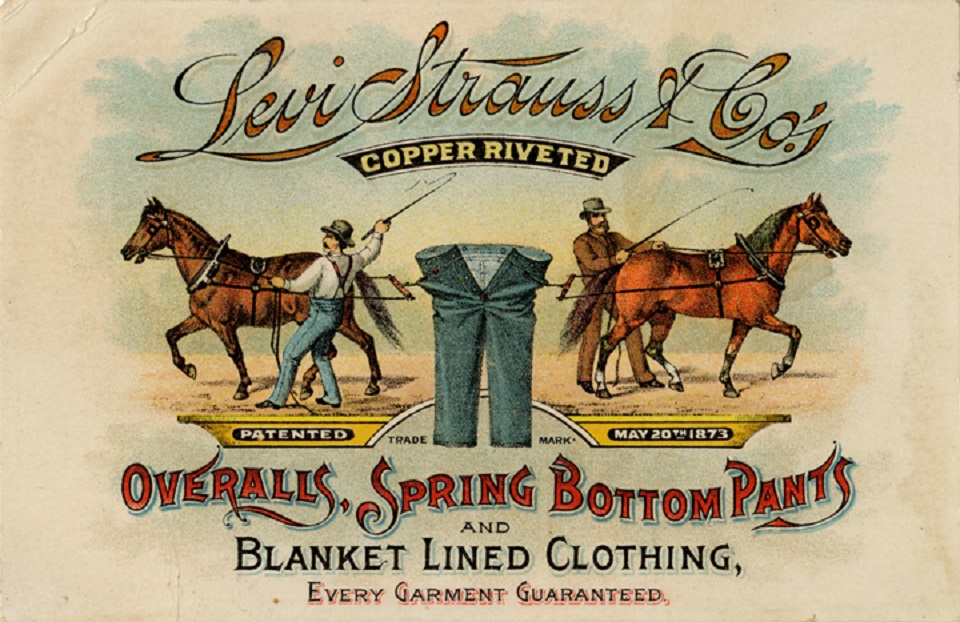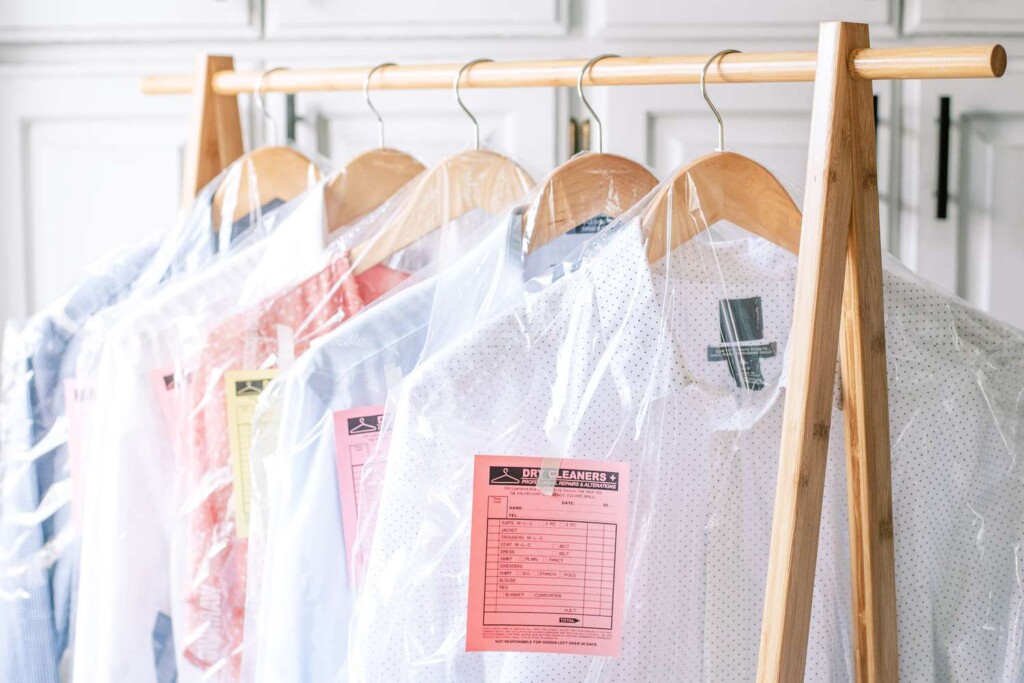Dossier
The ultimate guide to sustainable wardrobe

In the fashion world, sustainability is more than just a trend, it’s an urgent necessity. While the fashion industry continues to have a significant impact on the environment, more and more people are moving towards a more conscious and planet-friendly approach. If you too want to combine style and sustainability in a harmonious balance, follow our 5-step guide. You’ll realize how small individual daily choices can lead to big collective changes.
1. Understanding sustainability in the world of fashion
The first step towards a sustainable wardrobe is to understand the environmental impact of the fashion industry, which, as everyone knows, is particularly “water use intensive”. In fact, this sector is one of the largest consumers of water in the world, as well as being responsible for a good part of the pollution that plagues the planet, mainly due to the lack of stringent rules shared between various countries. Resistance, as you can imagine, common and mainly of an economic nature. Converting entire production systems requires major investments which are not always within everyone’s reach.
There is good news, however: thanks to innovative technologies and growing awareness, we are seeing a transformation towards more sustainable practices. For example, in the denim industry, companies like ours are adopting finishing techniques that significantly reduce water and energy consumption. These technological advances not only improve efficiency, but also ensure that, for example, your favorite jeans have a smaller environmental impact.
We at Tonello also feel directly affected by this real emergency and, since the beginning of our company history we have been at the forefront in developing technologies and processes with lower environmental impact. We have gone so far as to literally revolutionize the entire laundry production process.
In addition to our own work, we also recommend that you follow the work done by a friend of ours and the environment: Matteo Ward and his startup. Matteo, who already has a large following on Instagram, is recognized by now, as an Influencer of Global Sustainability. His goal is clear and concrete: to overhaul the garment industry’s most polluting processes before it’s too late.
But back to your wardrobe…
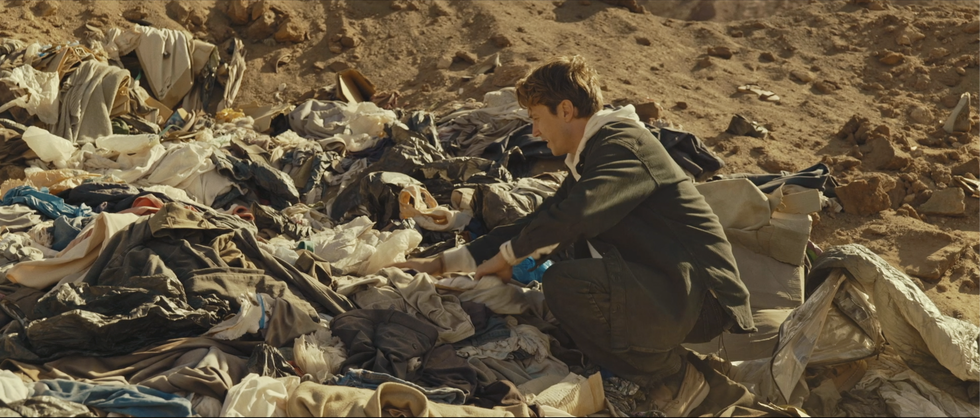
 © Is Media Srl | Junk: Armadi Pieni - Chile
© Is Media Srl | Junk: Armadi Pieni - Chile
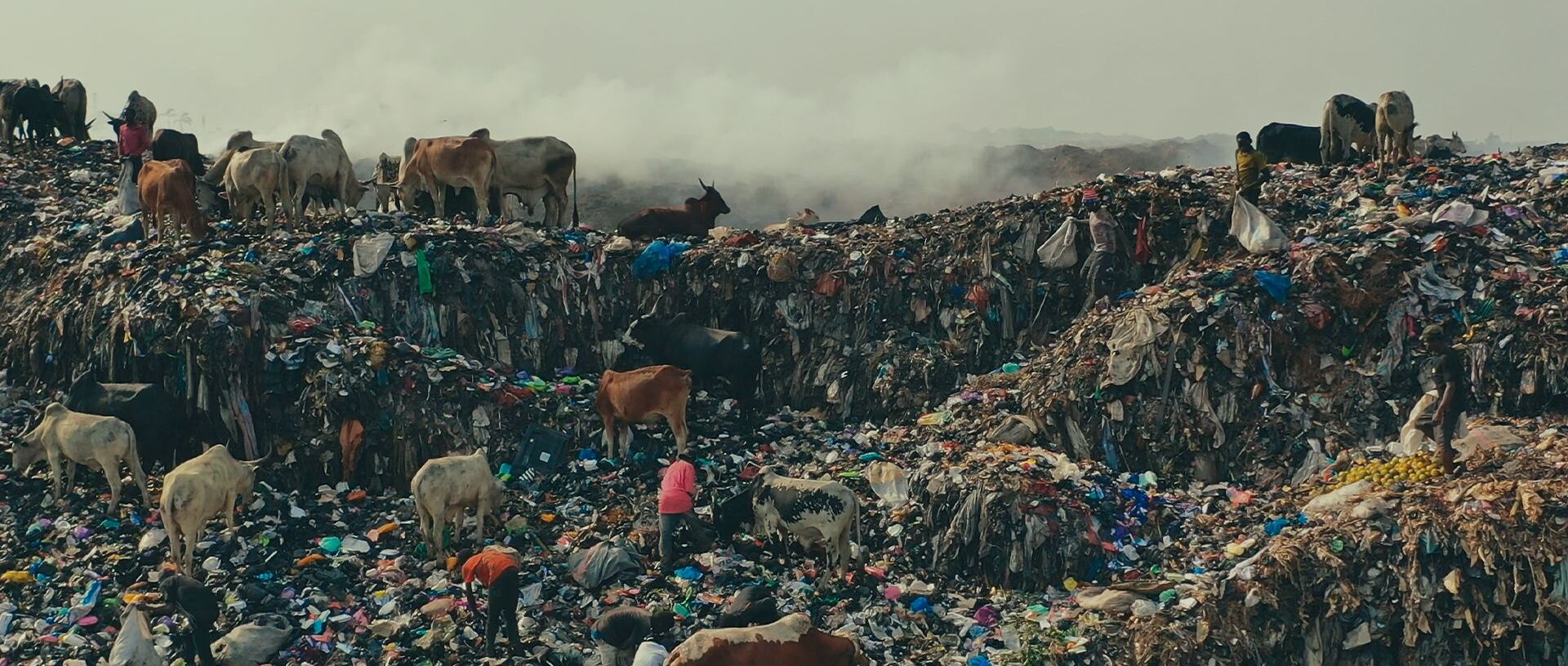 © Is Media Srl | Junk: Armadi Pieni - Chile
© Is Media Srl | Junk: Armadi Pieni - Chile
2. Basic principles for a sustainable wardrobe
Choosing quality and durability
When we talk about a sustainable wardrobe, two factors are key: quality and durability of garments. Opting for garments made from high-quality materials means they will last longer, reducing the need for frequent replacements.
So look for labels that indicate the use of materials such as organic cotton, linen, hemp, or recycled fabrics. These materials not only have a lower environmental impact in their production, but also offer greater durability.
In addition, consider the power of recycling and reuse. Vintage or second-hand garments not only add a unique touch to your style, they also help to reduce waste. In fact, giving garments a second life always pays off.
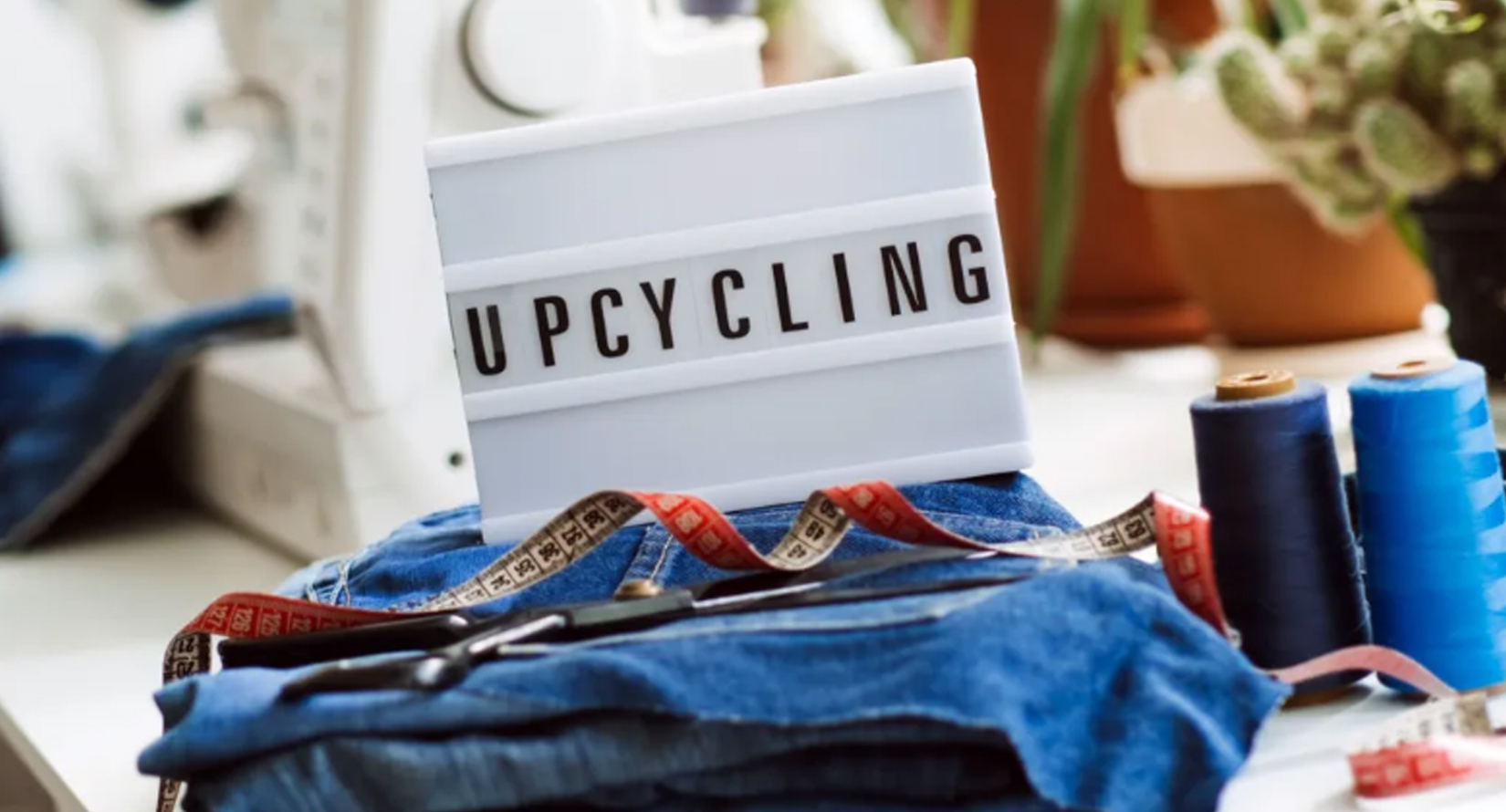

3. How to choose sustainable garments
Evaluate a garment’s life cycle
Choosing sustainable garments goes beyond just simple looks. It is important to evaluate the entire life cycle of a garment, from production to the end of its use.
So look for brands that demonstrate transparency in their supply chain and use production processes that have a low environmental impact, such as choosing environmentally friendly dyes, or manufacturing processes that minimize the use of water and energy, for example in the case of denim processing (which is perhaps one of the most critical areas in terms of sustainability).
But you can do even more by consciously choosing to support designers and brands that are actively working to reduce their environmental impact, through initiatives such as recycling material and reducing carbon (CO2) emissions.
4. Care and maintenance of sustainable garments
Practical tips for increasing garment life
A key part of authentically “building” a sustainable wardrobe is taking care of your garments. Proper care not only extends the life of your clothes, it also reduces resource consumption. Here are some practical tips:
- low temperature washes: washing your clothes at lower temperatures helps preserve their colors and textures as well as saving energy
- environmentally friendly detergents: choosing biodegradable or eco-friendly detergents because they are kind to fabrics and the environment.
- natural drying: whenever possible, opt for air drying instead of using a dryer, a choice that saves energy and reduces the wear and tear on fabrics
- repairs and customization: don’t discard a garment because of a small defect, but learn basic techniques for repairing and personalizing your clothes, giving them new life.
5. Going beyond the clothing: accessories and footwear
Extending sustainability to your whole wardrobe
Your commitment to sustainability should extend beyond just the clothes your wear. In fact, accessories and footwear also play an important role in your wardrobe.
We therefore invite you to:
- refer recycled materials: many designers now use recycled plastic, rubber and other materials to create fashionable and long-lasting accessories
- support local artisans: buying from local artisans not only helps your local economy, it also reduces your carbon footprint caused by transportation
- choose sustainable footwear: opt for brands that use sustainable and renewable materials, and adopt ethical production processes, with specific recycling programs
As you can see, the path toward wardrobe sustainability is a “slow journey”, one that requires perseverance, attention, and patience. But although our suggestions and recommendations are simple things that anyone can do, the results are potentially enormous.


Because, like any other journey, this one too begins with one small step.
Condividi l’articolo:

